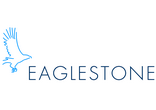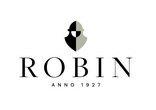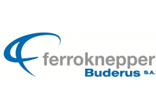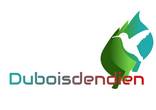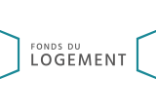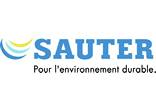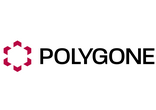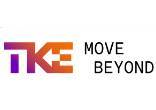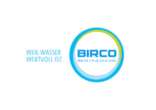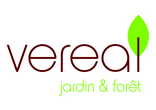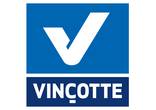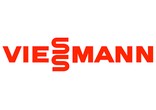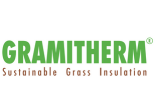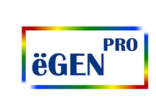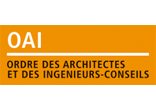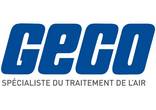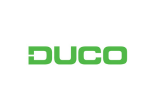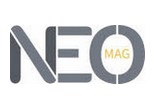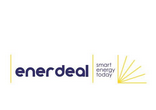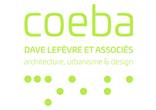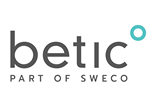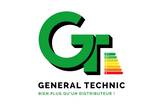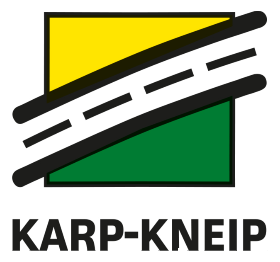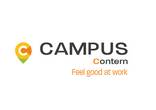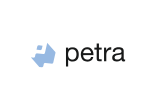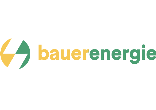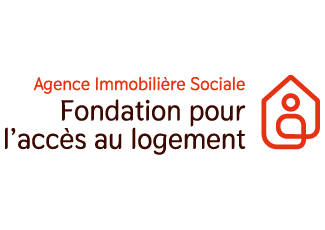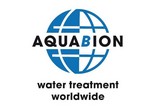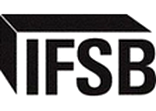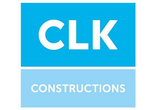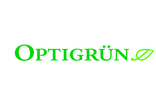
The future is green – Sustainability in the real estate sector
The global real estate industry faces a number of fundamental shifts that will shape its future. With direct investment almost back to pre-crisis levels, the sector will see more opportunities, but also more competition and more risks. Besides demographic shifts and the increased impact of technology, one topic stood out as a game changer : sustainability.
In this context, PwC Luxembourg welcomed nearly 100 industry professionals to its dedicated event Building the future in a sustainable world , held at Crystal Park on 5 November.
Sustainability transforms the design of buildings and developments
Assuming that current projections are correct, the world’s population will grow at such a rate that, by 2030, we will need 50% more energy, 40% more water and 35% more food. As illustrated in PwC’s study Real Estate 2020 – Building the future , these figures alone underline the need to manage our resources in a smart and responsible way.
In this regard, the real estate sector plays a crucial role. The construction and use of buildings account for 40% of overall power consumption and over 25% of greenhouse gas emissions in Europe. For real estate asset managers, the move towards greater sustainability in building design presents opportunities and risks,” said Laurent Rouach, partner and Sustainability Leader at PwC Luxembourg. “While sale prices do reflect buildings’ sustainability credentials to a degree – through a ‘green premium’ – this is currently limited to certain types of prime real estate in advanced economies. If the pressure to increase buildings’ eco-efficiency mounts faster than the market currently anticipates, many buildings could suffer a large ‘brown discount’.
In addition, regulators have long since picked up on the importance of the real estate sector in reducing national and international energy consumption levels and environmental pollution. The EU has introduced the market concept of ‘green value’ in a building’s lifecycle, and it’s likely that all buildings in advanced economies will be subjected to sustainability ratings by 2020. Guidelines will not only affect buildings that are being planned or constructed. Existing structures will need to be renovated as well, an undertaking which, according to Mr Rouach, will become necessary in the long run . Retrofitting existing buildings to improve their performance is expensive, but what will happen to their value if this is not done ?
The Luxembourg real estate sector seems to be embracing the idea of sustainable construction. In the Grand Duchy, the number of buildings that have earned green certifications is rapidly increasing, with certified structures currently representing 12% of the country’s built-up territory. This is quite impressive, considering that the average rate in Europe is estimated to be 2%.
Information is power
There is, however, room for improvement, especially in terms of education and information provision.
“We need to create an understanding of the impact that energy performance has on property value,” says Jean-Paul Ducarme, a valuer registered with the Royal Institution of Chartered Surveyors (RICS) and former Chairman of the RICS branches in Belgium and Luxembourg.
Nils Kok, Executive Director and Co-Founder of GRESB (Global Real Estate Sustainability Benchmarks), couldn’t agree more. As he pointed out, data on the energy efficiency of buildings needs to become more accessible and transparent. He made a case for the increased use of green certifications like BREEAM in order to educate a wider audience on issues such as sustainability and energy efficiency. BREEAM-certified buildings, like PwC Luxembourg’s Crystal Park, are buildings that are exemplary when it comes to energy-efficient construction, the materials used, efficient use of water but also the air quality. They don’t just offer financial rewards, but also allow residents to feel at ease, which is one reason green construction is becoming increasingly popular on the commercial market . “We spend 90% of our time indoors, and of course during this time we want to be comfortable,” Mr Kok explained.
More than just a buzzword
Given the current economic, social and ecological circumstances, it is clear that the real estate sector in Luxembourg and around the world is facing more than one challenge. Industry operators have to accommodate a growing population within limited available space, deal with greater competition and risks, integrate new technology, adhere to regulations as well as adapt to the changing demands of the population.
Yet, among these global trends, sustainability has taken up a special position. Nowadays, more and more commercial tenants have set up Corporate Social Responsibility (CSR) policies to enforce green business practices, and regulators, stakeholders and the public in general are increasingly looking for a commitment to sustainability. The concept has thus become a major driver for value in the real estate industry, not only referring to constructions that are environmentally friendly, but also designating buildings which people enjoy living and working in.
Copyright : © 2014 PricewaterhouseCoopers, Société coopérative. Tous droits réservés. – Photographer : Olivimages


